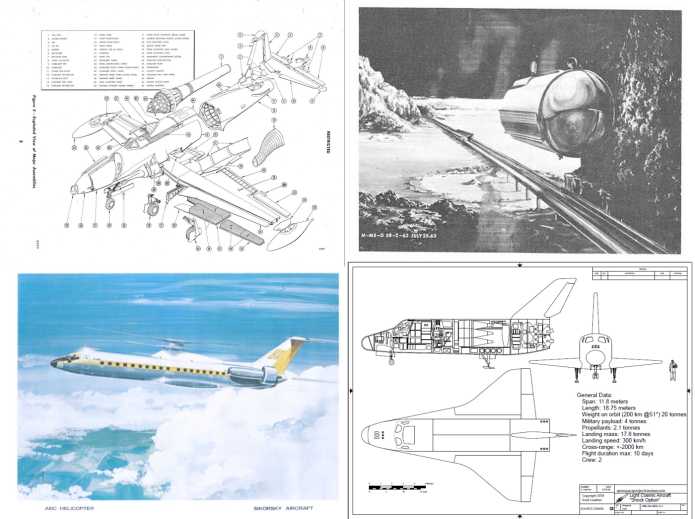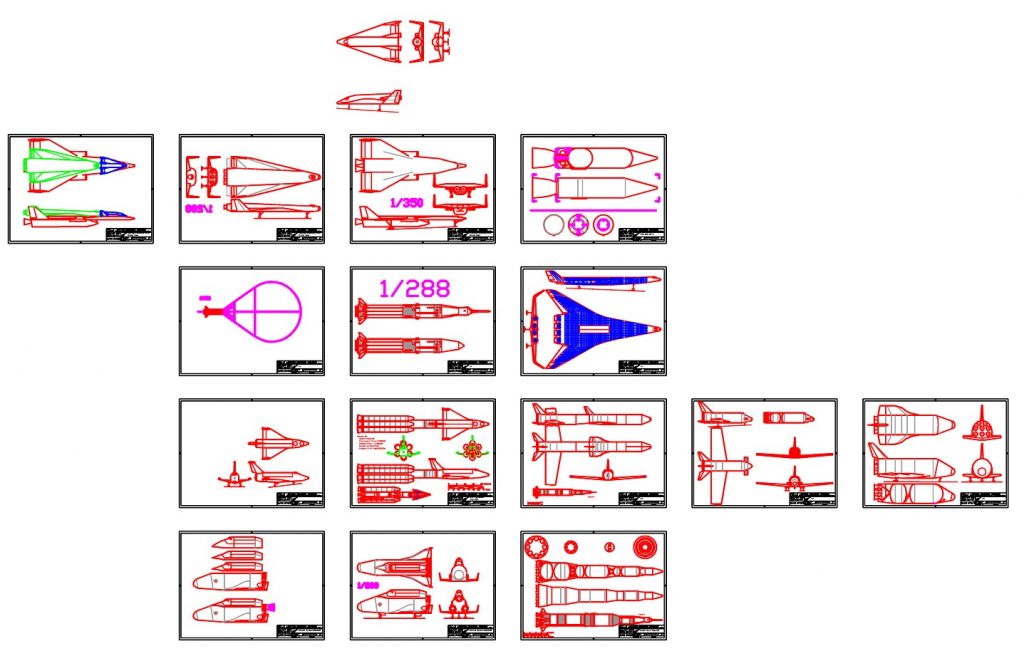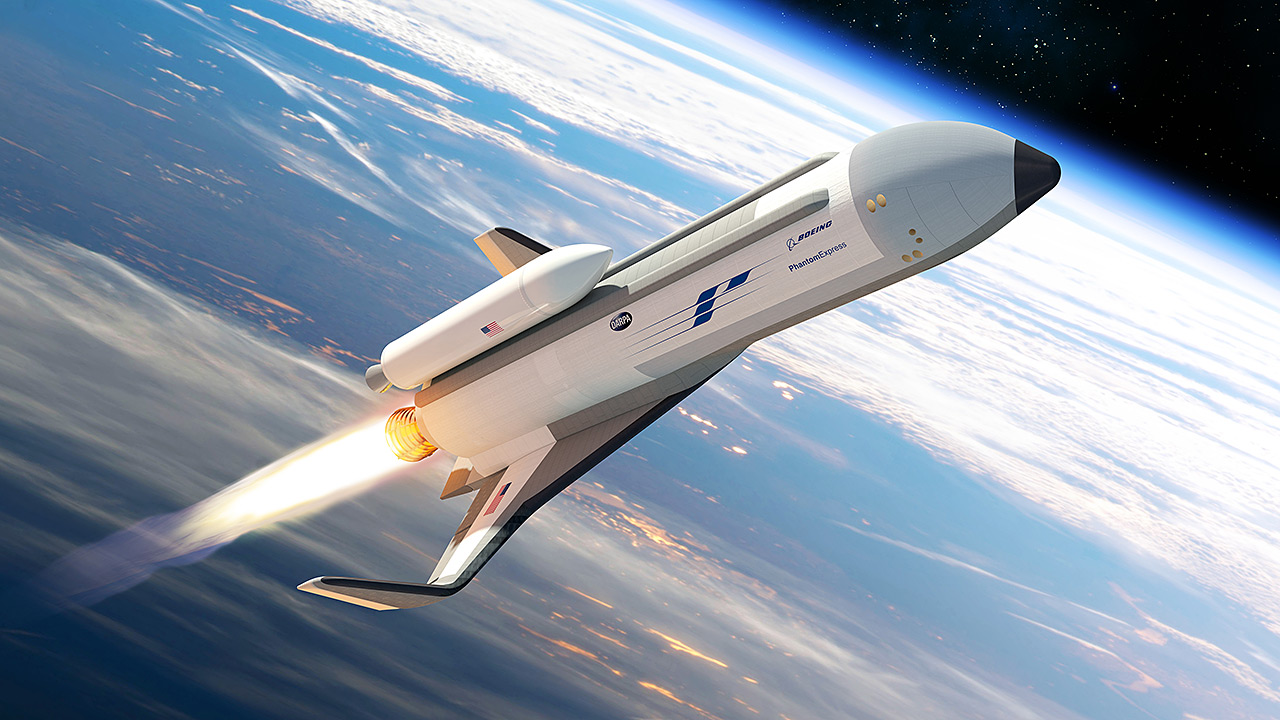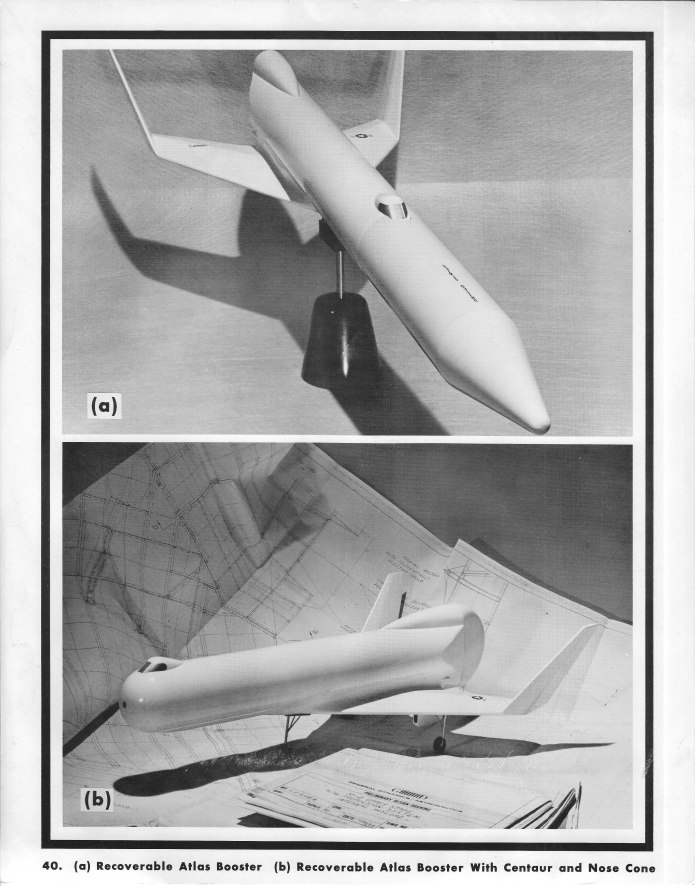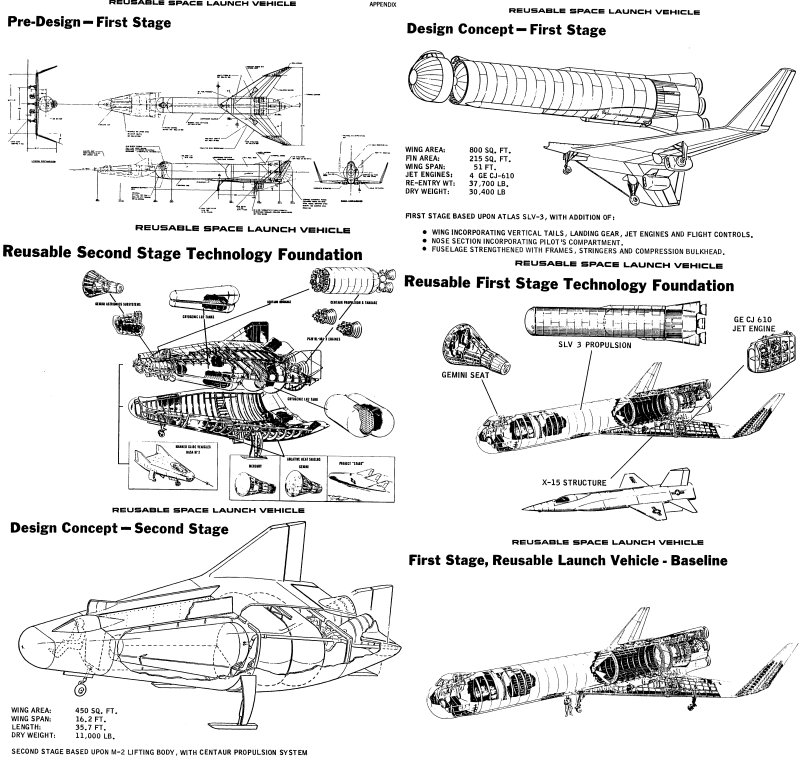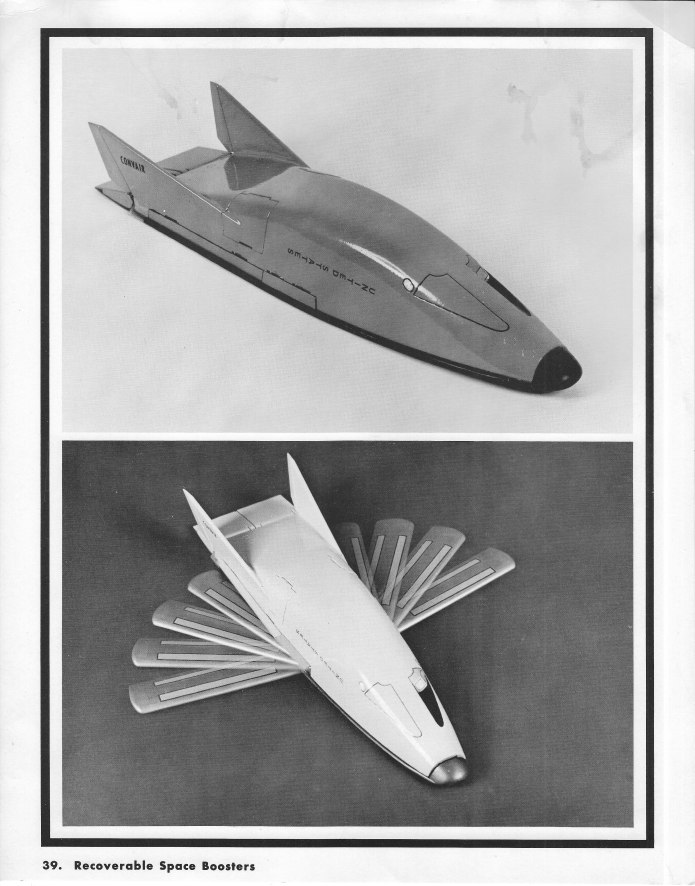This video tackles the question “why don’t we just make more F-1 rocket engines?” A similar question, “Why don’t we just restart production of the Saturn V” has been common among space fans for *decades.* And the fact is… we can’t.
The video points to the loss of skills and direct knowledge of those who worked the F-1 fifty years ago. When the F-1s were built, it took more than the blueprints; it also took manufacturing instructions. It’s more than juat “weld these parts together,” it’s *how* to weld. And while the blueprints still exist, the notes – and the knowledge stored only in the technicians heads – are long gone. This is a problem I saw directly back in my days working at United Tech and ATK. A story I’ve related before is how through virtually sheer random chance, while working at ATK I was called up by one of the techs hoping that I could direct them to a former co-worker from United Tech, because that co-worker was responsible for the manufacturing instructions on a motor that had been transferred from the one company to the other (because United Tech collapsed and all their programs were transferred to other companies). I got them to explain just what the issue they were having was… and then I burst out laughing because *I* was the guy at United Tech who had figured out how to solve the manufacturing issue. My co-worker had apparently never gotten around to re-writing the instructions, so an important detail had been lost and only rediscovered through an unlikely circumstance. Now, the ATK techs certainly could have figured out a solution, quite possibly the exact same solution, or maybe even a better solution… but they’d never have known if their solution was the “right” one, and Odin only knows how long it would have taken them to work the problem. And in government rocketry, “well, we’re unsure how it was supposed to be done, so we’re doing it this way” is almost never the right answer. Management will Freak The Hell Out.
And along with the loss of knowledge and skills is the loss of *stuff.* If you try to rebuild the Saturn V based on a complete and pristine set of fifty-year-old blueprints, one of many problems you’ll discover is that a lot of the off-the-shelf stuff meant to go in it… doesn’t exist anymore. “Install a MomNPopCo Brand temperature sensor model 14B HERE.” Ooops, they went out of business in 1971. “Wrap with Bleedin’ Lungs Brand six-inch-wide asbestos tape.” Ooops. “Install a HAL 90 computer here.” Ooops, especially because the mass of the thing is require for balance, but that’s not called out in the blueprint because why would it be. “Insulate with bakelite.” Ooops. “Machine from thorium-alloy component 128047h-8 from Bomarc program.” Ooops.
In aerospace, once it’s lost, it’s *very* hard to get back. No more Saturns. No more F-1s. No more SR-71s. No more Avro Arrows or Peacekeeper missiles or F-22s.
See also “FOGBANK.” Never let your nuclear weapons manufacturing programs sit idle.


